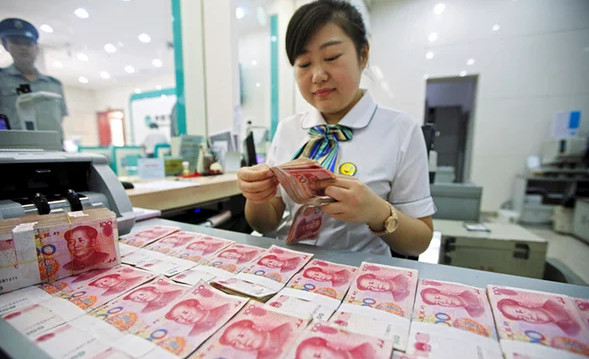Southeast Asia has witnessed remarkable economic growth over the past few decades, and country partnerships have played a significant role in this transformation. This case study explores how these partnerships have contributed to the region’s prosperity.
Southeast Asia is a diverse region, with nations like Singapore, Malaysia, Thailand, Indonesia, and Vietnam. These countries have seen substantial economic growth, and much of this growth can be attributed to country partnerships.

One of the key factors driving economic growth in Southeast Asia is the ASEAN Economic Community (AEC). This community comprises ten member states that work together to create a single market and production base. Country partnerships within ASEAN have played a crucial role in establishing common trade rules, reducing tariffs, and facilitating cross-border investments.
Additionally, Southeast Asian countries have sought partnerships with other regions, such as the Asia-Pacific or the European Union, expanding their market access and attracting foreign investments. These partnerships have not only accelerated economic growth but also enhanced diplomatic ties and cultural exchanges.
In conclusion, Southeast Asia’s economic growth is significantly attributed to country partnerships. The ASEAN Economic Community and collaborations with other regions have created a favorable environment for trade and investment, leading to increased economic prosperity.
Interested in learning more about the success stories of country partnerships in Southeast Asia? Explore our case studies to gain insights into how these collaborations drive economic growth and development.





